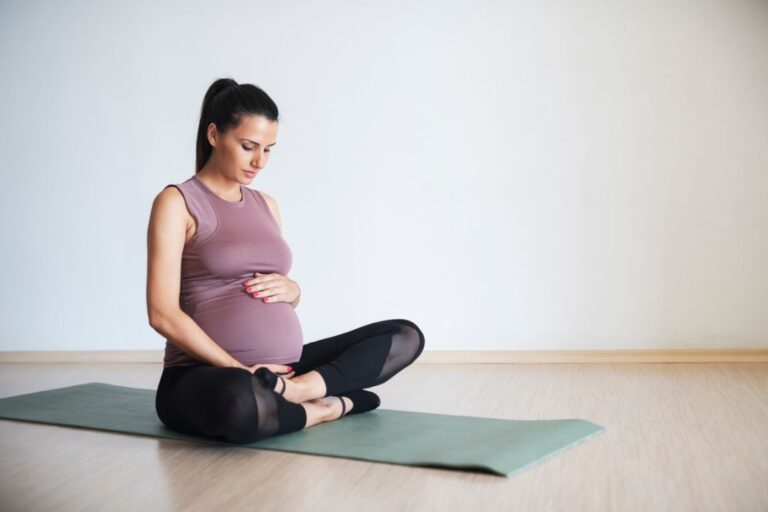Compression Stockings 101
 What are Compression Stockings?
What are Compression Stockings?
Compression stockings are specialized hosiery designed to improve blood flow in the legs and prevent various health issues such as swelling, pain, and deep vein thrombosis. They work by applying gentle pressure to the legs, which helps blood vessels work more efficiently. Choosing compression stockings is a lot easier if you know what you are looking for.
Benefits of Compression Stockings
Wearing compression stockings has numerous advantages, including:
- Improving circulation
- Reducing leg swelling
- Alleviating pain and discomfort
- Preventing blood clots and deep vein thrombosis
- Supporting the treatment of varicose veins
Types of Compression Stockings
There are three main types of compression stockings:
- Graduated Compression Stockings: These stockings offer the most compression at the ankle and gradually decrease towards the top. They are designed to promote blood flow back to the heart.
- Anti-embolism Stockings: These stockings are specifically designed for bedridden patients or those with limited mobility to prevent blood clots.
- Non-medical Support Hosiery: These are less specialized and provide mild compression. They can be purchased over the counter without a prescription.
Choosing the Right Compression Stockings
Factors to Consider
When selecting compression stockings, keep the following factors in mind:
- Compression Level: Compression levels range from mild (8-15 mmHg) to extra firm (30-40 mmHg). Choose the appropriate level based on your needs and doctor’s recommendation.
- Length: Compression stockings come in various lengths, including knee-high, thigh-high, and pantyhose. The choice depends on the area requiring support.
- Material: They are available in different materials such as nylon, cotton, or spandex. Consider your comfort and any allergies when choosing.
- Style and Color: Compression stockings come in a variety of colors and patterns, allowing you to find the perfect pair to match your personal style.
Measuring for the Perfect Fit
To ensure the correct fit, measure the circumference of your ankle, calf, and thigh, and the length of your leg. Most manufacturers provide sizing charts to help you select the appropriate size.
When to Consult a Medical Professional
If you are unsure about the type of compression stockings you need or how to measure for the perfect fit, consult your doctor or a certified fitter for guidance.
How to Wear and Care for Compression Stockings
Putting On Compression Stockings
- Sit in a comfortable position with your legs elevated.
- Turn the stocking inside out until you reach the heel pocket.
- Put your foot into the heel pocket, then gradually pull the stocking up your leg.
- Ensure the stocking is smooth and wrinkle-free.
Caring for Your Compression Stockings
- Handwash or machine-wash on a gentle cycle with mild detergent.
- Avoid using bleach or fabric softeners.
- Air dry or tumble dry on low heat.
Conclusion
Choosing the right compression stockings is essential for optimizing their benefits and ensuring your comfort. Consider factors such as compression level, length, material, and style while selecting the perfect pair. Consult a medical professional for guidance if needed and follow proper wear and care instructions to prolong their lifespan.
FAQs
- Can I wear compression stockings to bed? It depends on the type and compression level. Consult your doctor for specific recommendations.
- How long should I wear compression stockings each day? Typically, you should wear them during the day and remove them at night. However, your doctor may recommend a different schedule based on your individual needs.
- Do I need a prescription for compression stockings? For non-medical support hosiery, a prescription is not needed. However, for graduated compression stockings and anti-embolism stockings, a prescription may be required.
- Can I exercise while wearing compression stockings? Yes, many athletes wear compression stockings during workouts to improve circulation and reduce muscle fatigue.
- How often should I replace my compression stockings? It’s recommended to replace them every 4-6 months, or when they lose their elasticity or become damaged.






